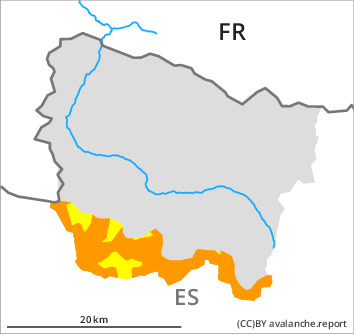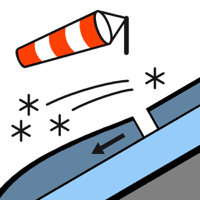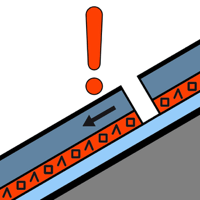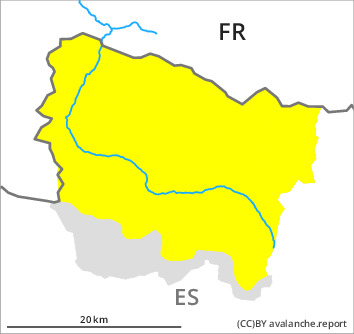
Danger level

treeline
Avalanche Problem

Wind slab

Treeline


Persistent weak layer

2300m


Fresh wind slabs represent the main danger. Weakly bonded old snow and wet snow are to be assessed with care and prudence.
As a consequence of new snow and a moderate to strong wind, avalanche prone wind slabs formed on west, north and east facing slopes. Avalanches can be released by a single winter sport participant and reach medium size. The avalanche prone locations are to be found in particular adjacent to ridgelines and in gullies and bowls.
Weak layers in the old snowpack can be released over a wide area by people in particular on very steep shady slopes. The avalanche prone locations are to be found in particular adjacent to ridgelines and in gullies and bowls in northwest to north to east facing aspects above approximately 2300 m and at transitions from a shallow to a deep snowpack. In many cases the avalanches are medium-sized. Some occasionally large avalanches are further not ruled out.
From the early morning as a consequence of warming during the day and solar radiation there will be a gradual increase in the danger of moist avalanches. Small and, in isolated cases, medium-sized natural avalanches are to be expected in these regions.
Weak layers in the old snowpack can be released over a wide area by people in particular on very steep shady slopes. The avalanche prone locations are to be found in particular adjacent to ridgelines and in gullies and bowls in northwest to north to east facing aspects above approximately 2300 m and at transitions from a shallow to a deep snowpack. In many cases the avalanches are medium-sized. Some occasionally large avalanches are further not ruled out.
From the early morning as a consequence of warming during the day and solar radiation there will be a gradual increase in the danger of moist avalanches. Small and, in isolated cases, medium-sized natural avalanches are to be expected in these regions.
Snowpack
>
In some localities 10 to 15 cm of snow, and even more in some localities, has fallen above approximately 1800 m. The southerly wind will transport the new snow and, in some cases, old snow as well.
In particular shady slopes intermediate and high altitudes: Wind slabs are lying on old snow containing large grains.
Sunshine and high temperatures will give rise from early morning to increasing moistening of the snowpack in particular on steep sunny slopes.
Extensive experience in the assessment of avalanche danger is required.
In particular shady slopes intermediate and high altitudes: Wind slabs are lying on old snow containing large grains.
Sunshine and high temperatures will give rise from early morning to increasing moistening of the snowpack in particular on steep sunny slopes.
Extensive experience in the assessment of avalanche danger is required.
Tendency
Gradual decrease in danger of dry avalanches as a consequence of the ceasing of precipitation.

